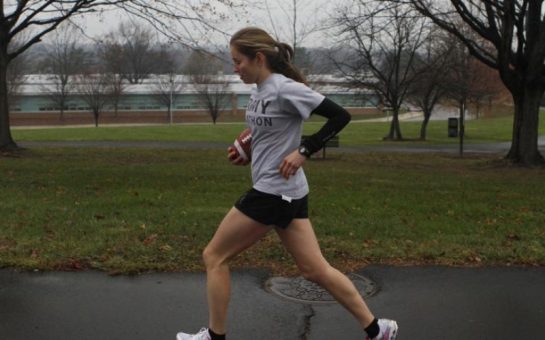Homeless women are significantly underrepresented by UK government data, leading to lack of adequate support, according to findings from the Women’s Rough Sleeping Census.
The 2023 Women’s Rough Sleeping Census suggested the number of women rough sleeping across England is significantly underreported in official government statistics.
The Government’s criteria for ‘rough sleeping’ in the UK primarily focuses on visible homelessness, the Women’s Rough Sleeping Census claims to represent the “varied and gender-specific” ways women in particular experience homelessness.
Differences between government and charity data
The 2023 Women’s Rough Sleeping Census estimated there are nine times as many women rough sleeping across England than recorded in government statistics.
In London alone, the census identified 391 women, compared to the government’s count of 159 for that time period.
Combined Homelessness and Information Network (CHAIN), the government’s recommended source for identifying rough sleepers, identified 11993 rough sleepers in London boroughs in 2024.
Women made up 16% of this total on average, which is the same as the five-year average for the data.
Lucy Campbell, Head of Multiple Disadvantage at Single Homeless Project said: “The body of evidence shows that women’s needs are not being met, largely due to current government policies and practices which are based predominantly on the experiences of men.”
Campbell’s observation highlighted that current policies, which are based on the experiences of men, may not adequately address the specific challenges faced by women experiencing homelessness.
The Women’s Rough Sleeping Census report and its analysis of government data uncovered significant discrepancies in the reported number of women experiencing homelessness.
This highlighted the need for more accurate data collection and services to address the specific challenges female rough sleepers face.
Hidden homelessness among women
Women’s Census aimed to produce a more accurate representation of female homelessness through a gender-informed approach.
The census spoke to 753 female respondents across London, who gave details of the various places they slept or stayed during a three months period.
Volunteers identified women in hidden spaces such as A&E waiting rooms, libraries, train stations and fast food restaurants.
Key findings revealed just over half of women (56%) slept outside on the street, with just over a third (36%) walking all night to stay safe.
A quarter revealed sleeping on public transport and 12% slept in McDonald’s or a similar location.
Additionally, two-thirds stayed in two or more places and nearly half moved between three or more locations over three months.
A number of these locations and practices are not enclosed in the government definition of rough sleeping.
Expert highlights gendered gaps in data
Regional Head at St Mungo, Laura Shovlin, suggested homeless women have always been underrepresented, with a huge factor being its vast difference to male homelessness.
Her experience with both men and women suggested women feel safer in hidden spaces, whilst men feel more at ease when consistently staying in the same spot.
Shovlin commented: “Men are at risk of attack and violence on the street but for women, it’s much more prevalent.
“They wouldn’t stay in the same space for more than three hours, and they move to protect themselves.
“They could often be staying with a male that is offering that accommodation in return for sexual favours, or they are being coerced into some sort of behaviour that they wouldn’t voluntarily want to get involved in, like sex work or begging.”
Shovlin identified the women’s census as a holistic way of looking for women, with volunteers going into community centres, A&E waiting rooms, libraries, train stations, McDonalds’ and police stations to identify where women feel most safe.
Women who completed the census survey, told the volunteers about their experiences.
One respondent said: “As a female, you feel vulnerable and I was scared to sleep outside in case anything bad happened to me.”
Barriers to seeking help
Amy Hull, executive manager at Marylebone Project, believes hidden homelessness is a prevalent issue in women’s statistics.
She said: “When outreach teams went to see them, they couldn’t find them.
“Women look like part of what is going on at the train station for example and not like a stereotypical homeless person.”
Hull added a huge divide in male and female homelessness is women’s fear to ask for help.
She said: “If you’ve been in a difficult situation for a long time, then reaching out and asking for help is quite a big deal.”
The project is launching a photographic exhibition, ‘Are You Next To An Angel?’ between the 29th November and 6th December.
Proceedings from the sale will go to life-changing services for women experiencing homelessness in London.
The 2024 census took place from 23rd to 29th September the findings will be revealed in 2025.
For more information on The Marylebone Project click here and to learn about St Mungo’s work click here.
Featured photo credit: Photo by Andreea Popa on Unsplash





